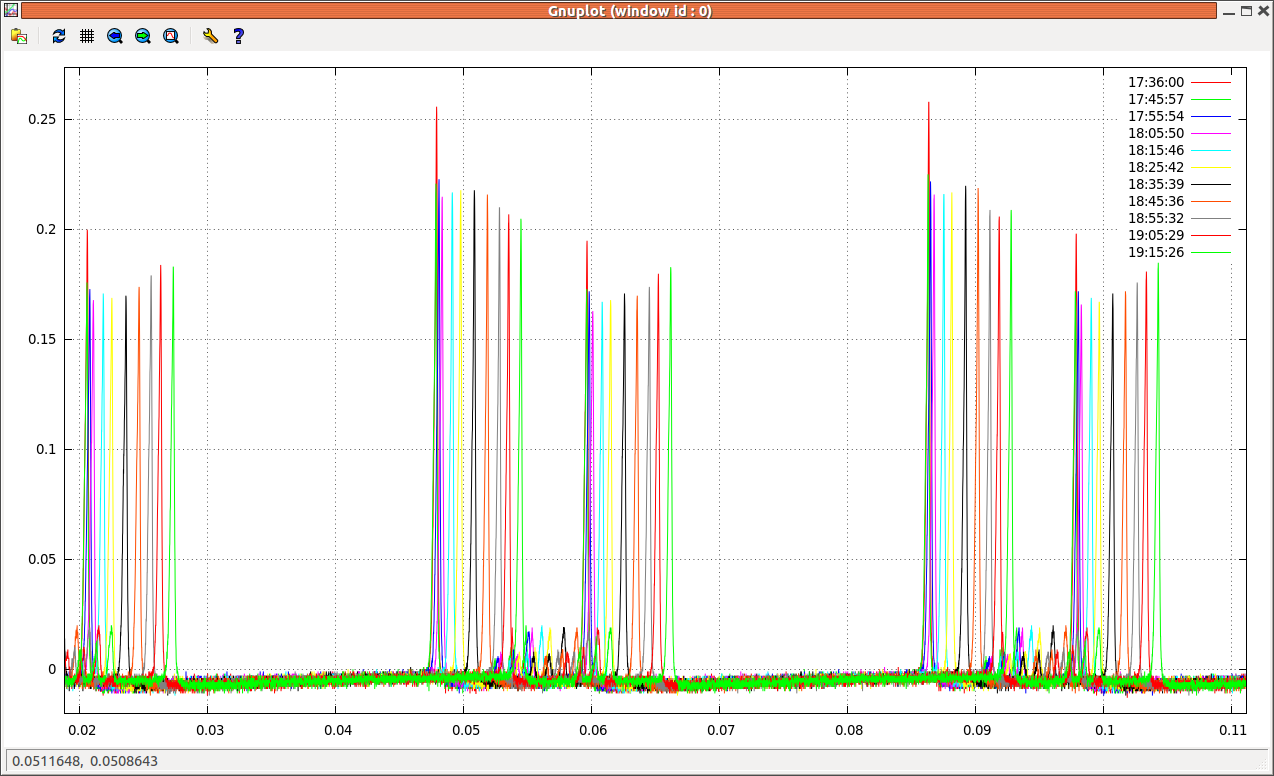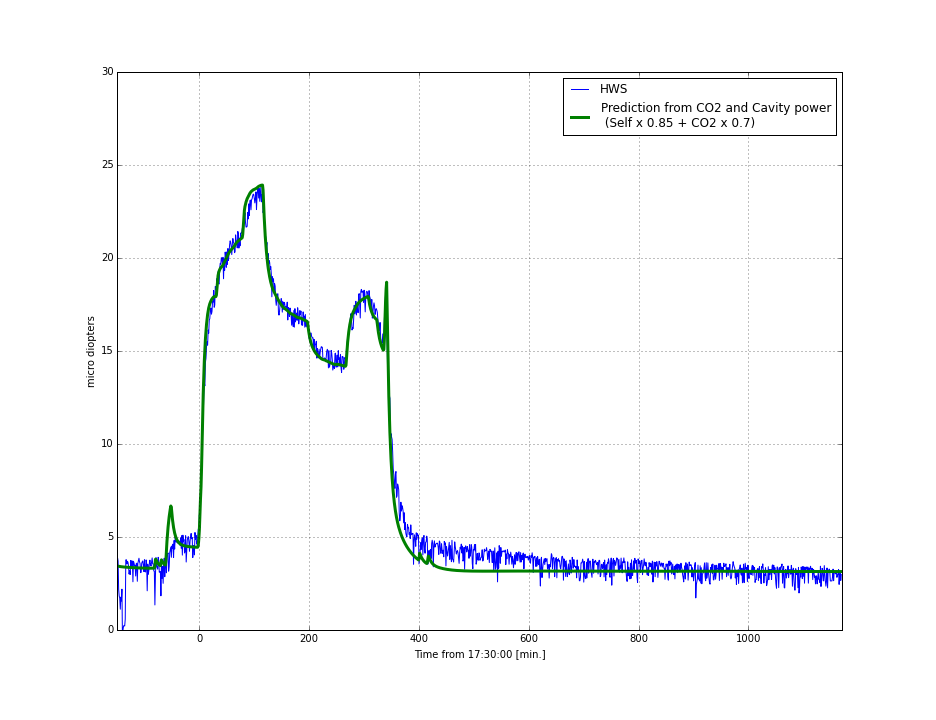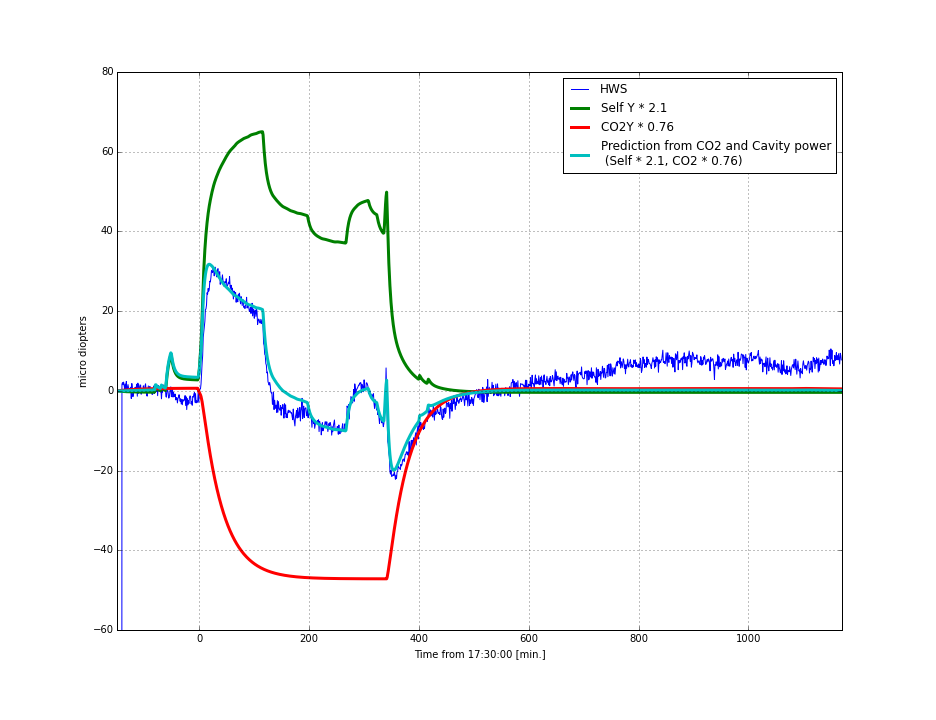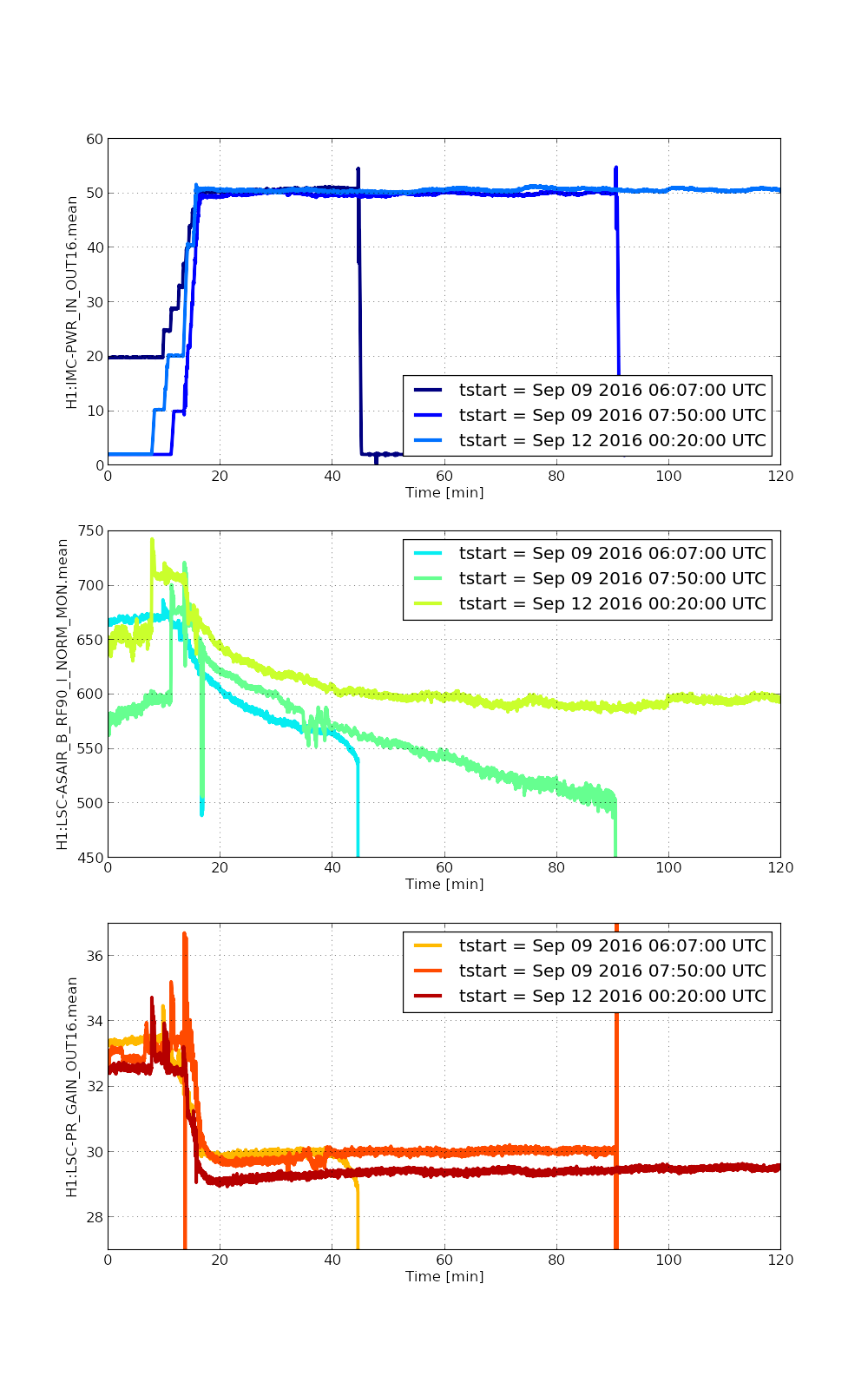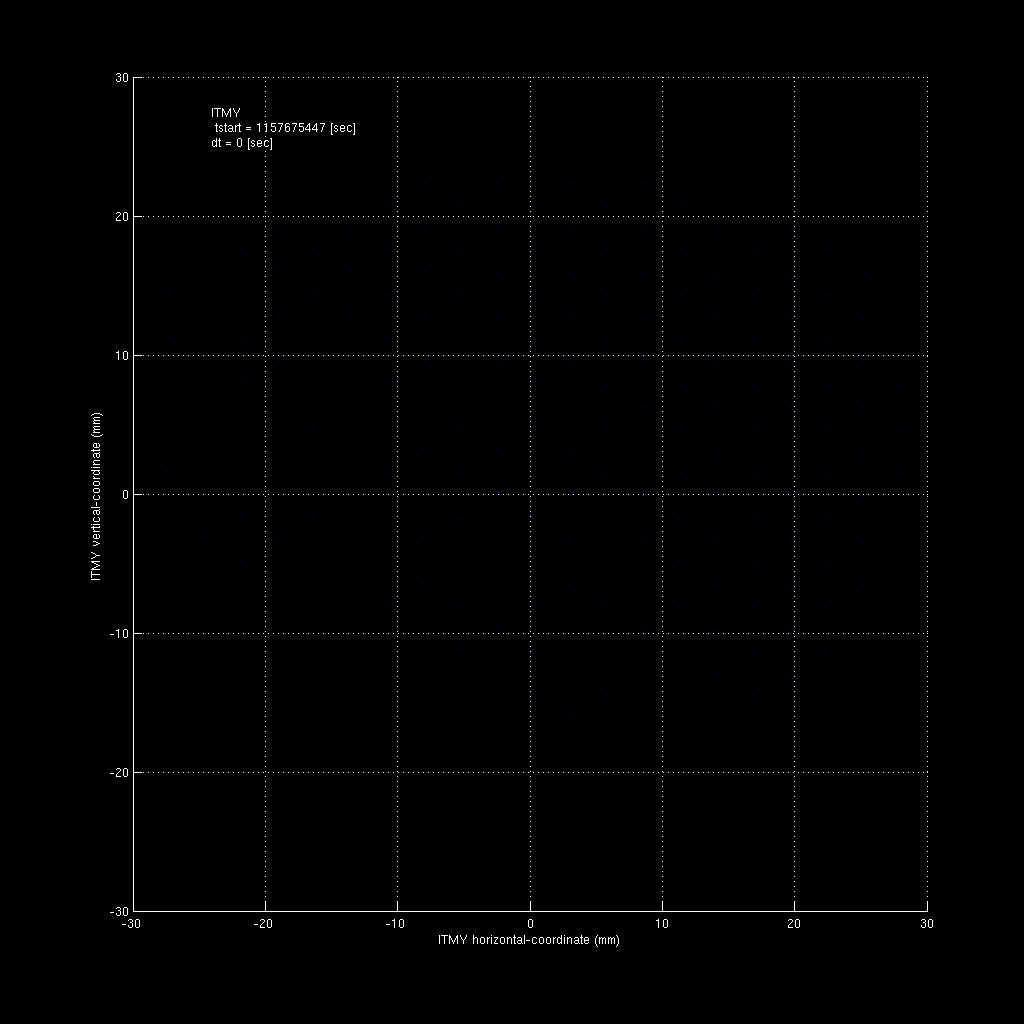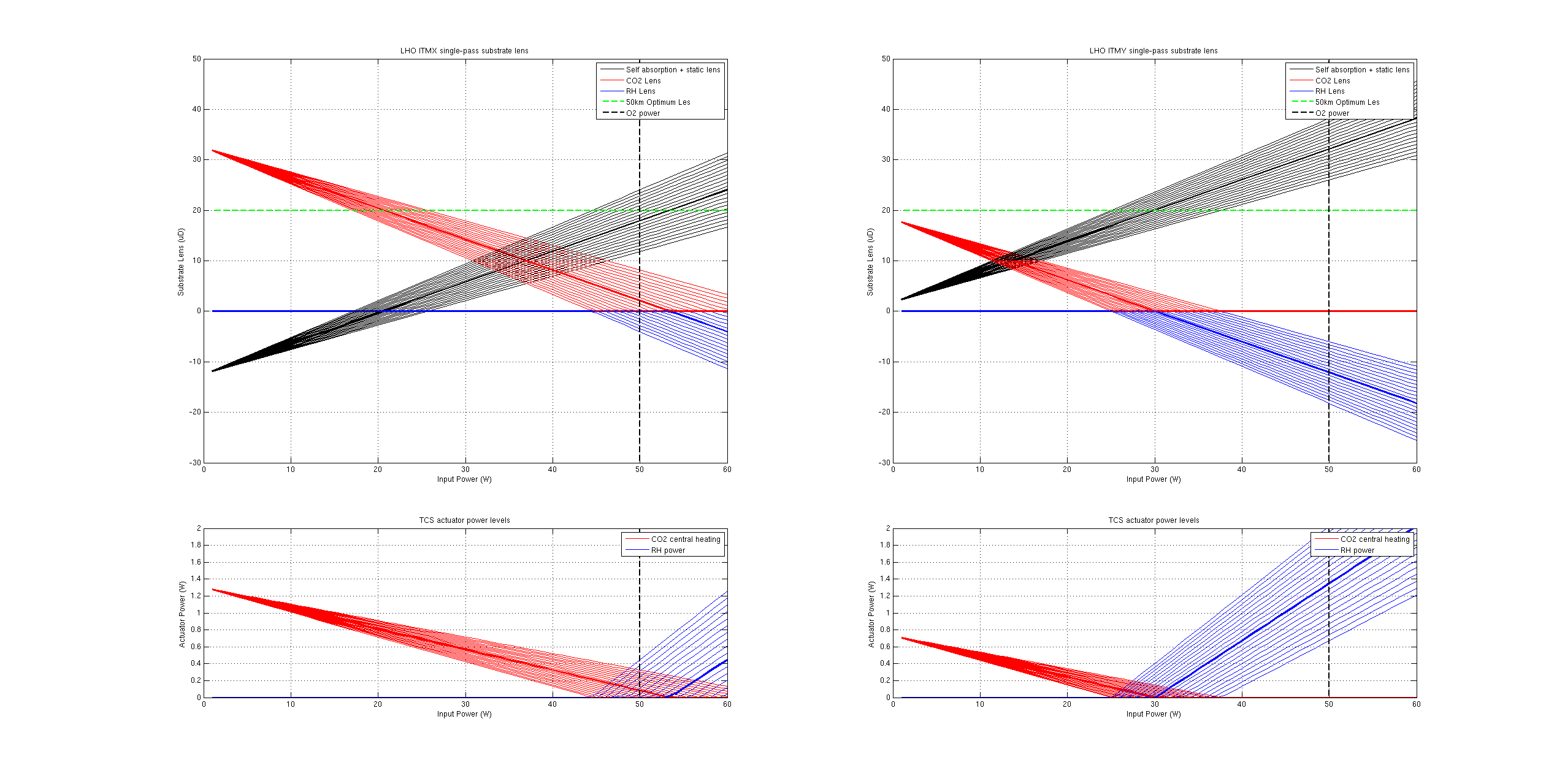There was an issue with the GDS calibraiton filters uploaded yesterday (see https://alog.ligo-wa.caltech.edu/aLOG/index.php?callRep=29651). These filters were too long and it was found that over the period of ~hours the GDS calibration pipeline would fall behind real time by ~minutes. I have re-made these filters and significantly shortened the length of the correction filter for DELTAL_RESIDUAL in particular. Attached are updated plots of the filters and a spectrum comparison for some ER9 data (115207641601152076544) between the output of the GDS calibration pipeline with the new filters and the output of the front-end CALCS model. The filters are checked into the calibration SVN under:
aligocalibration/trunk/Runs/PreER10/GDSFilters/H1GDS_1157896856.npz
These filters were made with calibration SVN version #3301.
The GDS calibration pipeline was restarted on the LHO DMT machines to use these new filters at 1157908016.
























